Why do the two vampires, so well known by viewers, have different names and ‘faces’?
From his castle in the Transylvania region, Count Orlok waits for nightfall to lure a new unsuspecting victim and satisfy his bloodlust.
This is how we could summarize the beginning of the story of Nosferatu, one of the most famous vampires in the history of cinema, immortalized for the first time in 1922 by the German director Friedrich Wilhelm Murnau.
This story returns to the big screen in a production starring Willem Dafoe, Lily Rose-Depp and Nicholas Hoult, directed by the American Robert Eggers, which seeks to reawaken in the public the same terror that the original film version aroused.
In a world full of remakes, sequels, and prequels, there’s something especially endearing about this story, as so many filmmakers keep returning to film it.
“Nosferatu”
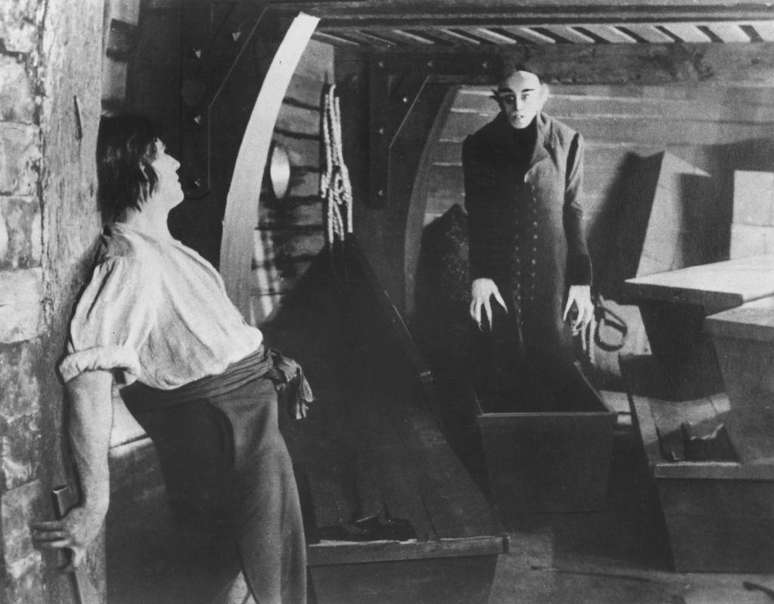
Robert Eggers’ version is the third film to directly focus on the story of Nosferatu.
The first, published in 1922, is a masterpiece of German expressionist horror, full of iconic images.
The 1979 version, Nosferatu, vampire of the nightdirected by Werner Herzog, follows a slower pace. With his frequent collaborator Klaus Kinski in the lead role, Herzog’s film depicted themes of death, illness and the eternal loneliness of a monster.
But where does this story told in different versions come from?
Count Dracula or Count Orlok?
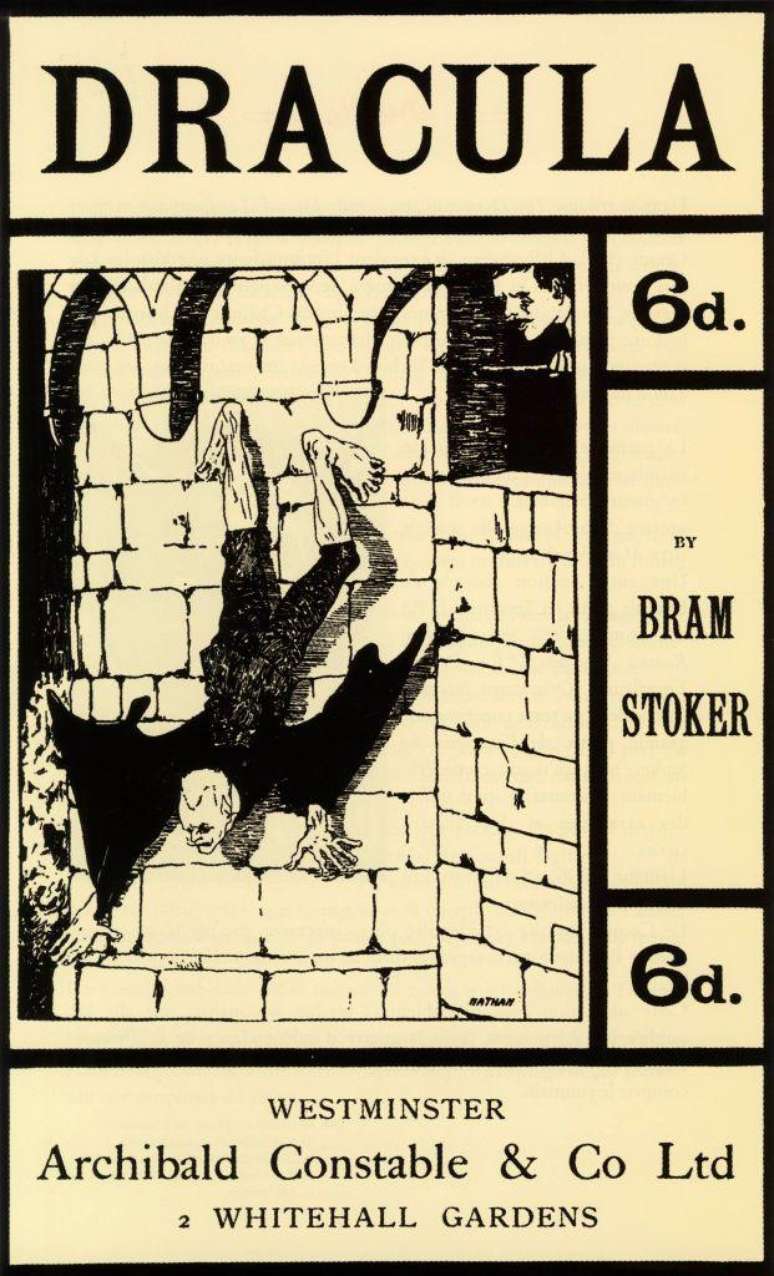
The original story is Draculathe quintessential 1897 vampire novel by Irish writer Bram Stoker.
To avoid copyright infringement, Friedrich Wilhelm Murnau, director of Nosferatu 1922, he changed the name of Stoker’s vampire Count Dracula to Count Orlok, as well as those of the other protagonists of the story.
Despite this, he retained much of the book’s plot and many of the original ideas, such as the ancient ruined castle in the Carpathian Mountains (a mountainous region in the Czech Republic, Slovakia, Poland, Romania, and Ukraine) and a vampire who travels by ship to a new home.
What Murnau did not do was consult the heirs of Bram Stoker, who died in 1912, on the use of the story of Dracula.
It was obvious to everyone that Count Orlok was inspired by Count Dracula. And Florence Balcombe, Stoker’s widow, certainly knew this.
Balcombe took legal action and in July 1925 a German court ruled that all copies of the Nosferatu by Murnau should be burned for copyright infringement.
But by then the film had already traveled around the world and its copies were countless. It was too late to destroy them all.
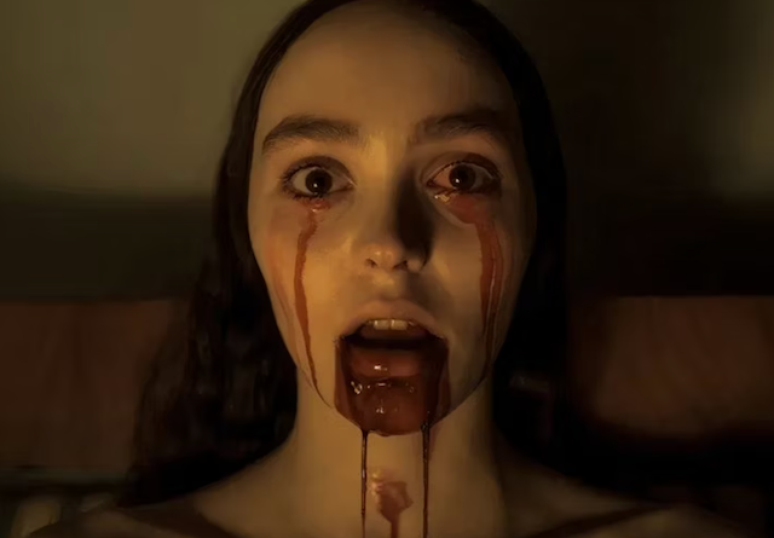
Different vampires
The stories of Dracula and Nosferatu have notable differences, however, even though some directors have mixed them up over the decades.
One difference, for example, is how both stories approach the concept of vampirism.
While Count Dracula has a hypnotizing effect on his victims, and some film adaptations – such as the one starring Bela Lugosi in 1931 – have even presented him as a seducer, Count Orlok is a repulsive creature, with his pale white skin and bat ears.
Furthermore, Dracula’s bite turns his victims into vampires, while Orlok kills most of his prey.
In Stoker’s original story, the vampire can be exposed to sunlight, although this weakens his powers. In Orlok’s case, he cannot be exposed to sunlight in any way.
And this is the key to the longevity of the Dracula story: there are countless interpretations of the character, as well as attempts to reimagine him in all sorts of ways, some of them terrifying, as in Nosferatu by Murnau, and other (often unintentionally) funny ones.
There is a black Dracula (Blacula, the black vampire1972), a martial arts Dracula (The Legend of the Seven Vampiresof 1974), a contemporary Dracula of the 70s (Dracula in the world of the miniskirtfrom 1972) or a Dracula who doesn’t even appear in the film (The vampire brides1960).
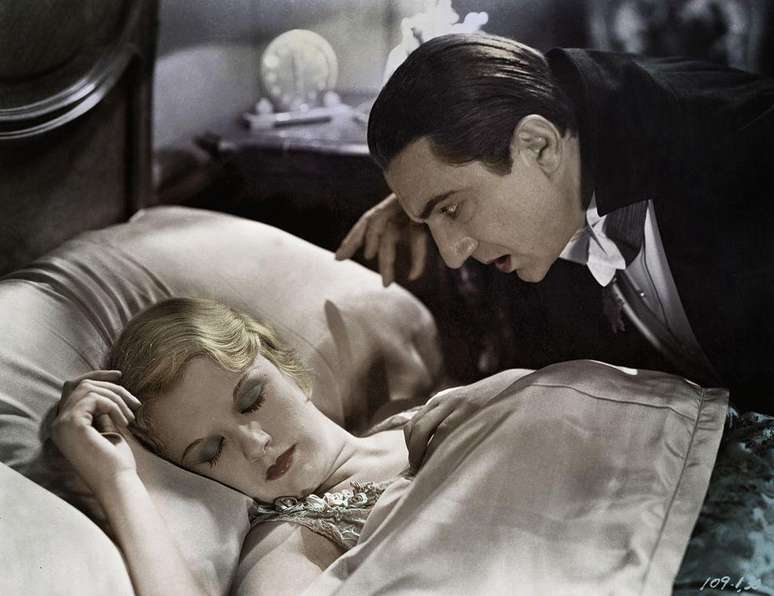
Already, Bram Stoker’s Dracula (1992), by Francis Ford Coppola, was an attempt, as the title suggests, to produce a more faithful adaptation of the book that captured the Count’s nuances.
Played by Gary Oldman and speaking with an Eastern European accent, he initially appears aged and wrinkled.
Religion is at the heart of Coppola’s version, in which Dracula’s rejection of God serves as the force that pushes him into darkness. There is an emphasis on the tragedy of its creation.
Oldman’s vampire makes us understand his origin and we can even feel a little sorry for him.
This is not the case with Count Orlok of Murnau and the “new” Robert Eggers, who is ugly, inhuman and clawed and loses control when he smells blood.
Source: Terra
Rose James is a Gossipify movie and series reviewer known for her in-depth analysis and unique perspective on the latest releases. With a background in film studies, she provides engaging and informative reviews, and keeps readers up to date with industry trends and emerging talents.

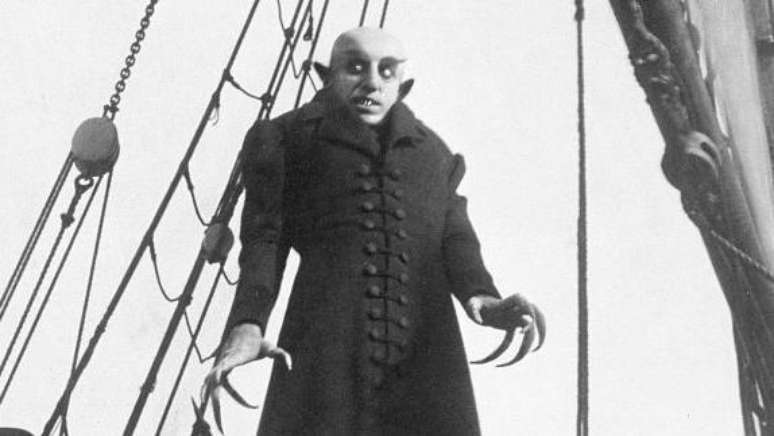
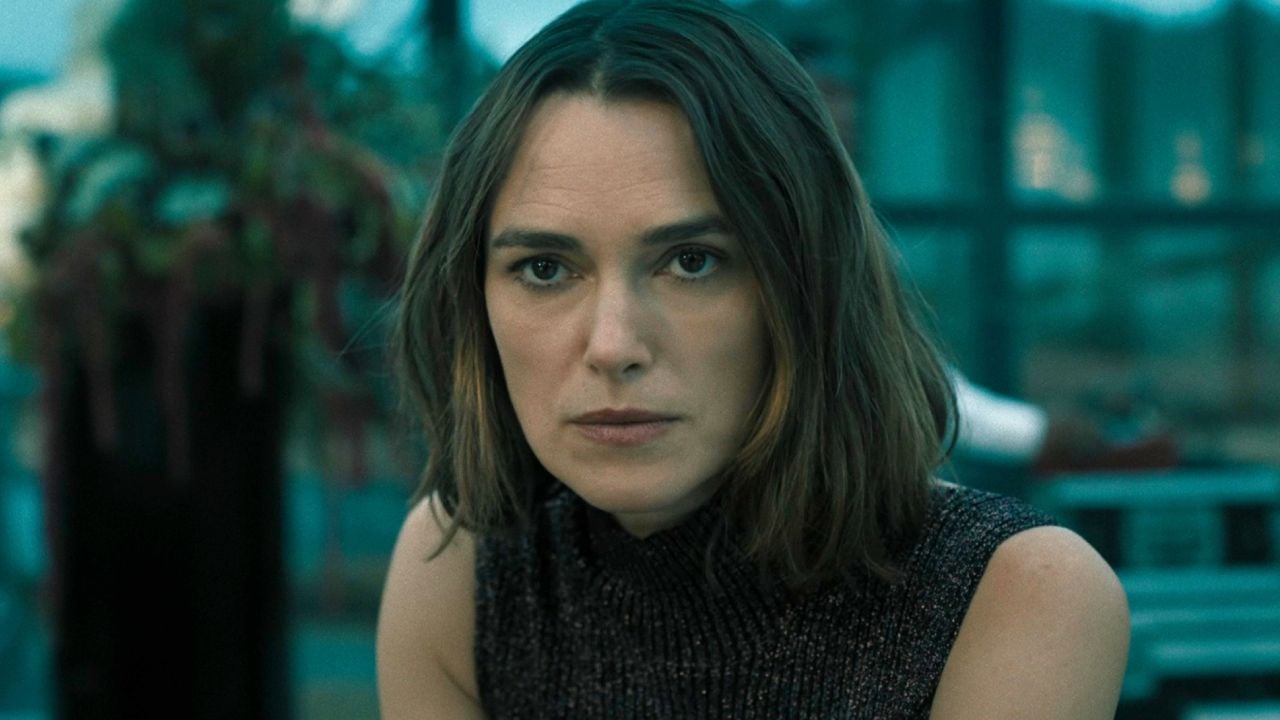

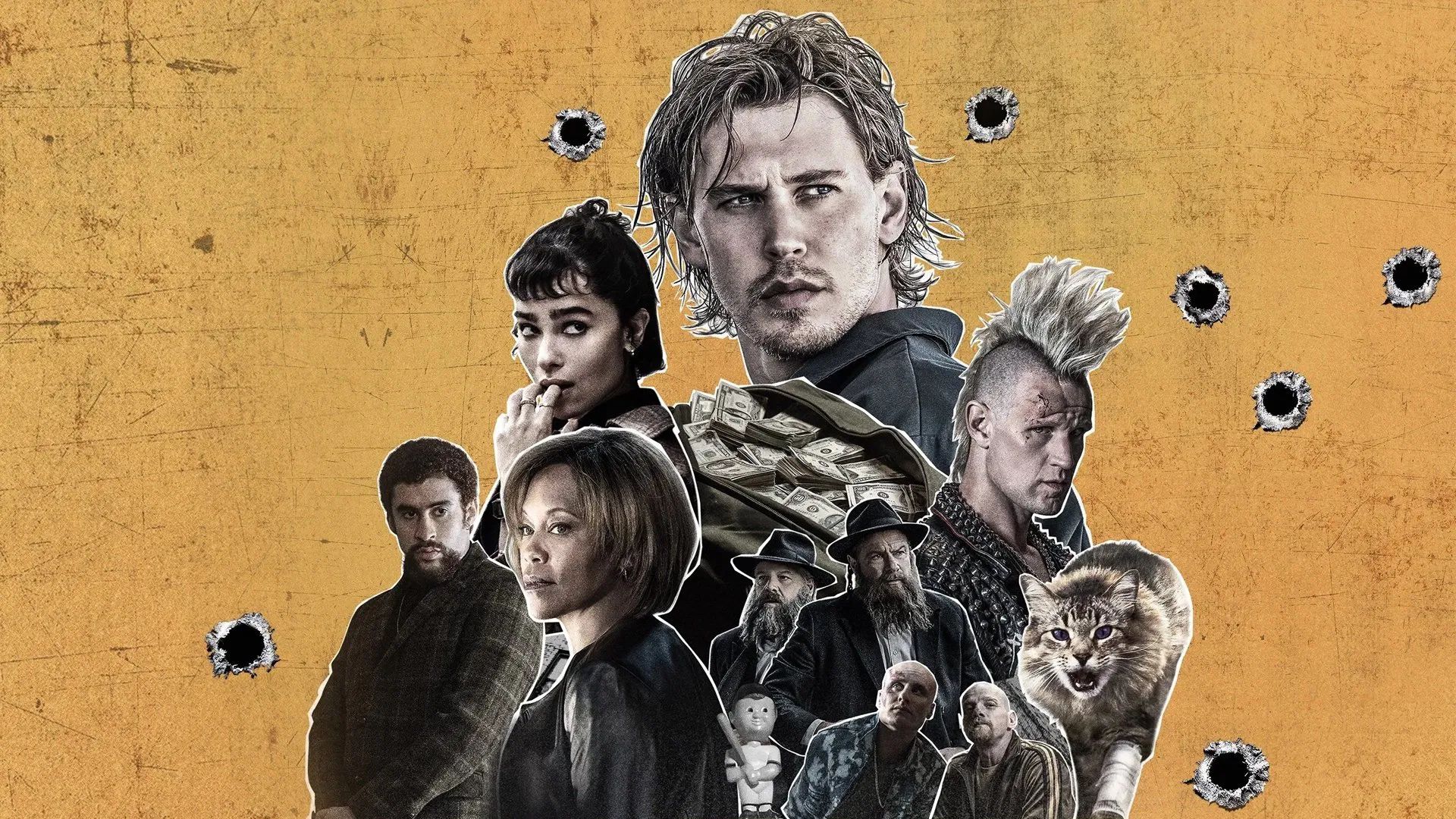
-1jeqinxemvqlg.jpg)
